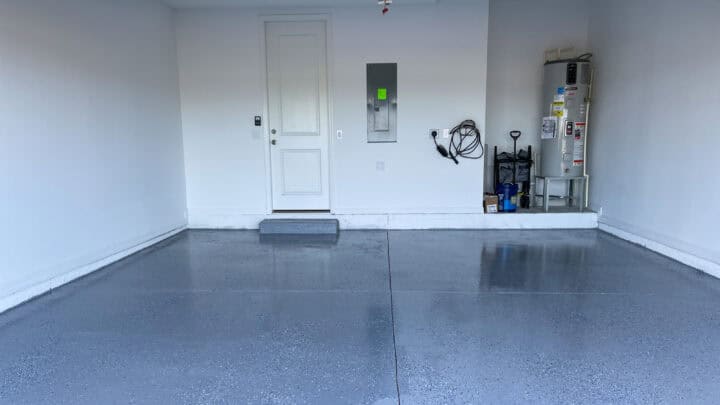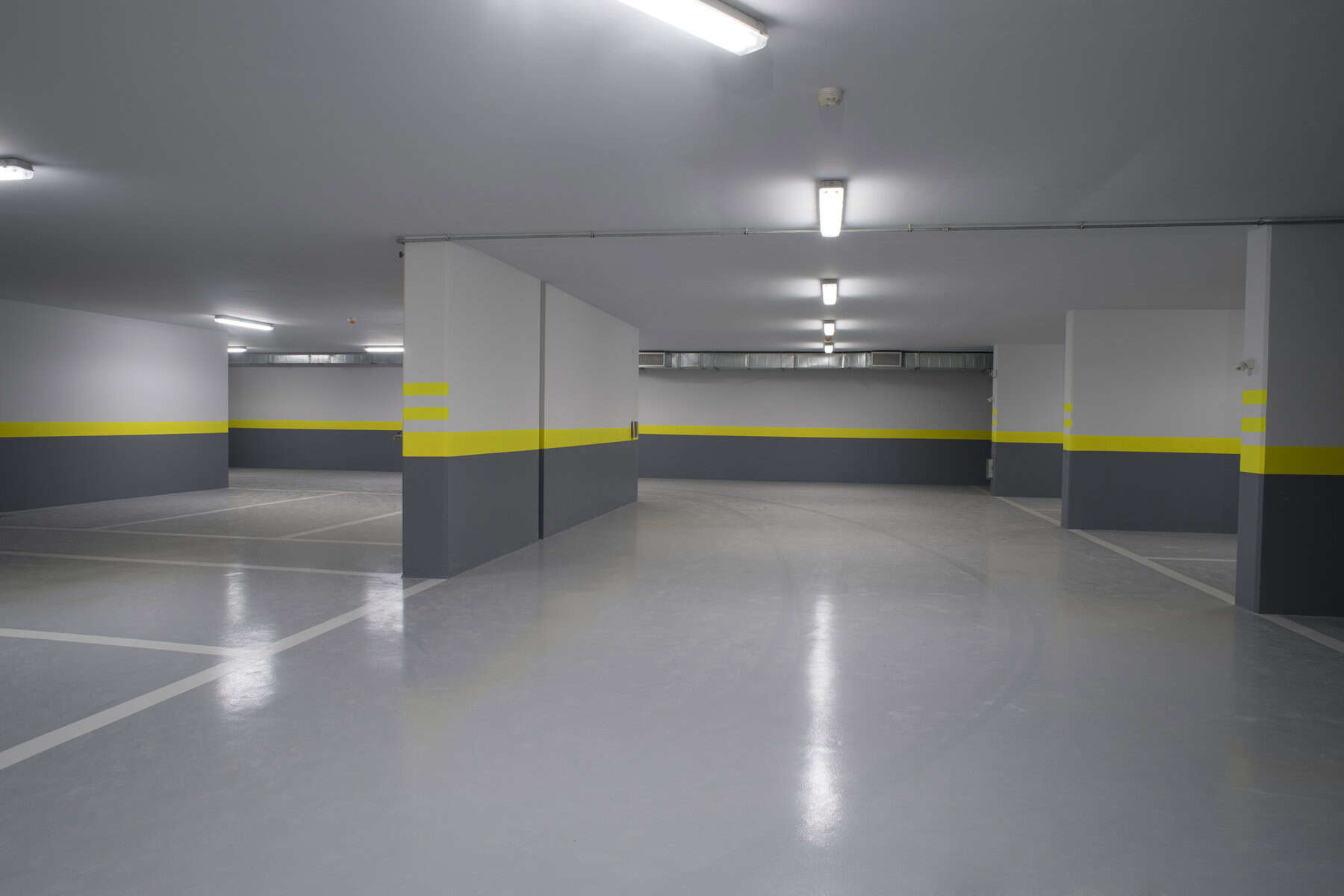
Deposit Photos
Concrete is a remarkably versatile material, widely utilized for its durability and longevity in both residential and commercial environments. One of the key aspects of maximizing the effectiveness and aesthetic appeal of concrete surfaces is the application of the appropriate concrete coating.
Whether you are considering a new installation or revamping an existing one, choosing the right concrete coating can enhance the functionality, safety, and beauty of your space. In this comprehensive guide, we’ll explore various factors to consider when selecting the right concrete coating for your home or business.
Understanding concrete coatings
Before delving into how to choose the perfect concrete coating, it’s essential to understand what concrete coatings are and why they are beneficial. Concrete coatings are specialized coverings applied to concrete surfaces to protect them from wear, corrosion, and other environmental elements. These coatings also improve the appearance of plain concrete and can provide safety features like increased traction.
Types of concrete coatings
There are several types of concrete coatings available, each suited for different needs and environments:
- Epoxy coatings: Epoxy is a durable and strong material that adheres well to concrete, making it ideal for garages, warehouses, and manufacturing facilities where heavy foot traffic and machinery operations occur.
- Polyurethane coatings: Known for their flexibility and UV resistance, polyurethane coatings are suitable for outdoor applications. They can withstand harsh weather conditions and are great for areas like driveways and patios.
- Acrylic sealers: These are cost-effective options that enhance the appearance of concrete while providing a protective layer. Acrylic sealers are easy to apply and reapply, making them suitable for residential projects.
- Polyaspartic coatings: A relatively new technology, polyaspartic coatings offer quick curing times and excellent durability. They are particularly advantageous for commercial projects where downtime needs to be minimized.
- Concrete stains and dyes: While not offering as much protection as other coatings, stains and dyes can transform the look of concrete floors by adding vibrant colors and intricate patterns.
Factors to consider when choosing concrete coatings
Selecting the right concrete coating involves considering various factors to ensure that the coating performs well under the specific conditions it will face.
Durability and performance requirements
The durability of a coating should match the level of activity it will endure. For high-traffic areas or spaces used for heavy-duty activities, a robust coating like epoxy or polyaspartic is necessary. For residential spaces with moderate foot traffic, acrylic sealers or stains might suffice.
Environmental conditions
Environmental conditions play a crucial role in the selection of coatings. For areas exposed to excessive sunlight, a UV-resistant coating like polyurethane is advisable to prevent yellowing and degradation. Similarly, in regions with harsh winters, choose a coating with good thermal expansion and contraction properties to avoid cracking.
Aesthetics and finish
Concrete coatings are available in various colors and finishes, from high-gloss to matte. Consider the overall design and color scheme of your space when selecting a coating. Epoxy and polyaspartic coatings often offer options for adding decorative flakes or metallic pigments, which can create a visually stunning surface.
Safety features
For areas where safety is a concern, such as workshops, kitchens, or public spaces, consider coatings with non-slip additives. These increase the traction of the surface, reducing the risk of slips and falls.
Maintenance and lifespan
Consider how much maintenance you are willing to undertake. Some coatings, like epoxy, require fewer frequent touch-ups but might be more challenging to repair if damaged. Acrylic sealers, while easier to reapply, might need more regular maintenance.

Deposit Photos
Application and Installation
The application process for coatings can vary significantly between types. Epoxy and polyaspartic coatings, for example, require careful surface preparation, including cleaning, repairing, and priming the concrete. Incorrect application can lead to peeling, bubbling, and premature wear.
Hiring professionals vs. DIY
While DIY kits are available, professional application is recommended for most coatings, especially in commercial settings. Professionals can ensure proper surface preparation, correct mixing ratios, and optimal application conditions, all of which are crucial for the long-term performance of the coating.
Cost considerations
The cost of concrete coatings can vary widely based on the type of coating, the area covered, and whether you hire professionals or do it yourself. Generally, materials like epoxy and polyaspartic coatings are more expensive up front but may offer better longevity and durability, potentially reducing long-term costs.
Final thoughts
Choosing the right coating involves a thorough evaluation of your specific needs, environmental factors, and aesthetic preferences. By understanding the different types of coatings available and considering the factors outlined above, you can select a coating that not only protects your investment but also enhances the overall look and safety of your space. Whether for a home garage or a commercial warehouse, the right coating can significantly contribute to the functionality and appeal of your concrete surfaces.



